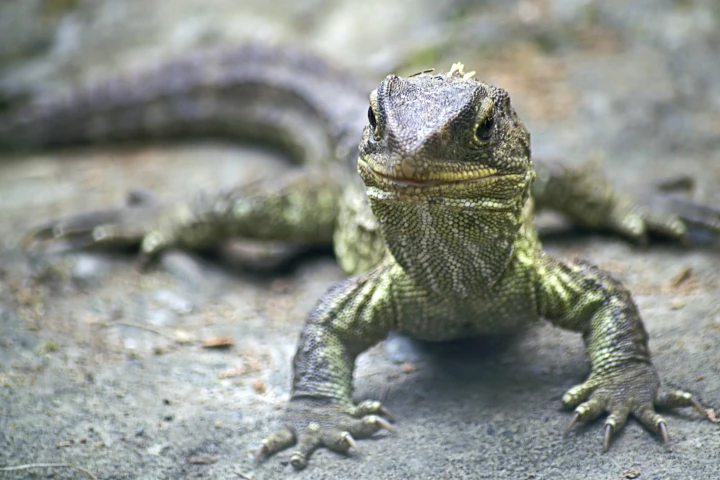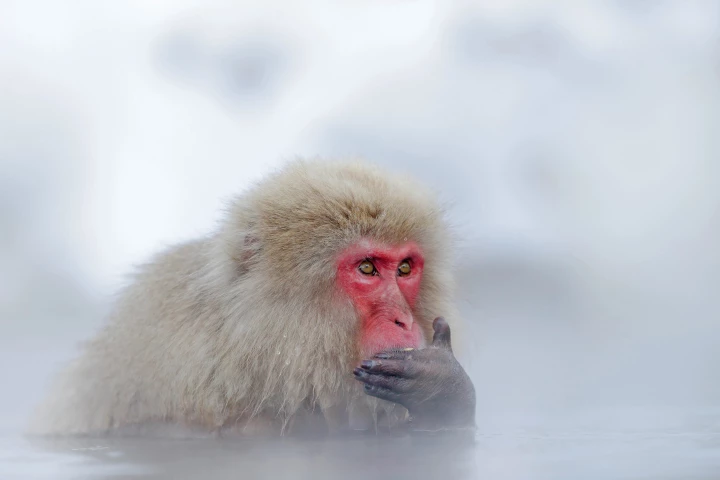Evolution
-
Bears look like textbook mammals, but hidden in their evolutionary history are two dramatic departures from the rules of growth and adaptation. Scientists have now unlocked when, and how, ancient bears broke the rules and hacked nature out of need.
-
Using advanced chemistry and AI, a team of Carnegie researchers uncovered new chemical traces of Earth's earliest life in 3.3‑billion‑year‑old rocks, and evidence that oxygen‑producing photosynthesis began over 800 million years earlier than thought.
-
As our evolution slows and industrialization and technology accelerates, research suggests that human biology is struggling to keep pace. A new study investigated whether rapid and extensive environmental shifts have compromised the fitness of Homo sapiens.
-
Deep underground in a dark, sulfuric cave, scientists have made an incredible discovery – a giant communal spider web spanning more than 1,000 square feet, home to an estimated 110,000 spiders that defy nature to coexist in harmony.
-
Lead poisoning isn’t just an industrial-age problem. A new study reveals our ancestors, including Neanderthals, were exposed to lead for millions of years, shaping how their brains evolved and overturning what scientists thought about our toxic history.
-
A chance discovery in a US cheese cave has given scientists a rare glimpse of evolution in real time – and the surprise findings have huge potential for protecting human health, enhancing food security and even delivering new flavors to turophiles.
-
A skull found on a UK beach has rewritten the history of lizards, snakes and the tuatara, the last survivor of an ancient lineage found only in New Zealand today. The new species dates back 242 million years, making it the earliest known lepidosaur.
-
The extraordinary evolution of humans is often attributed to two defining traits: large brains and highly dexterous hands. A new study suggests the evolution of these two traits are interconnected across the entire primate lineage, from lemurs to humans.
-
In a breakthrough, scientists have transferred a courtship behavior from one species to another, triggering the recipient to perform this completely foreign act as if it was natural. It's a feat that has never been genetically engineered before.
-
A groundbreaking study has traced the 66-million-year history of primates to overturn conventional thought that our ancestors came from tropical forests. The earliest members of our family tree, scientists say, were actually cold-climate survivors.
-
The preserved lung of an 18-year-old Swiss man has been used to create the full genome of the 1918 "Spanish flu," the first complete influenza A genome with a precise date from Europe, offering insights into the pandemic that claimed up to 100 million lives.
-
Tracing the potato’s deep ancestry, researchers have revealed a surprising origin story: modern potatoes emerged from natural interbreeding between tomato relatives and a wild-potato-like species about nine million years ago.
Load More











